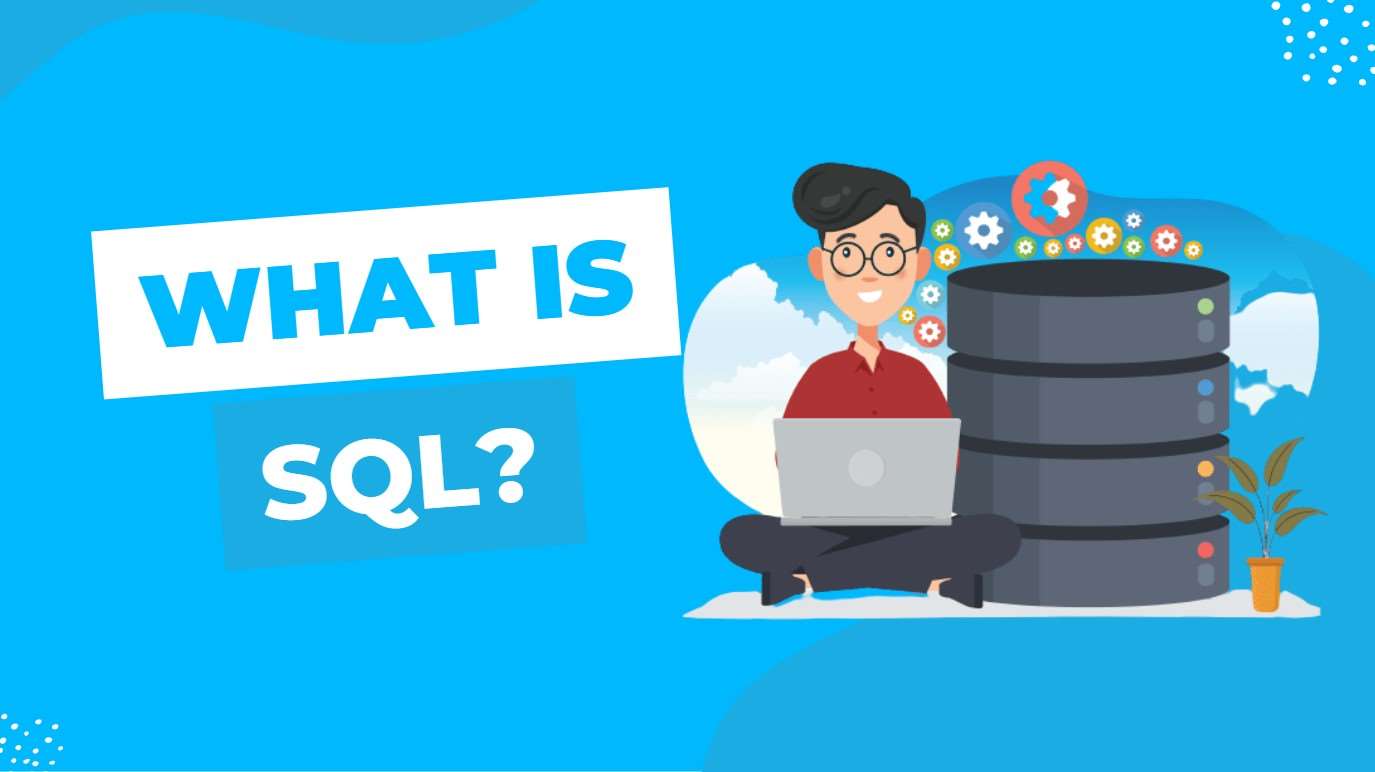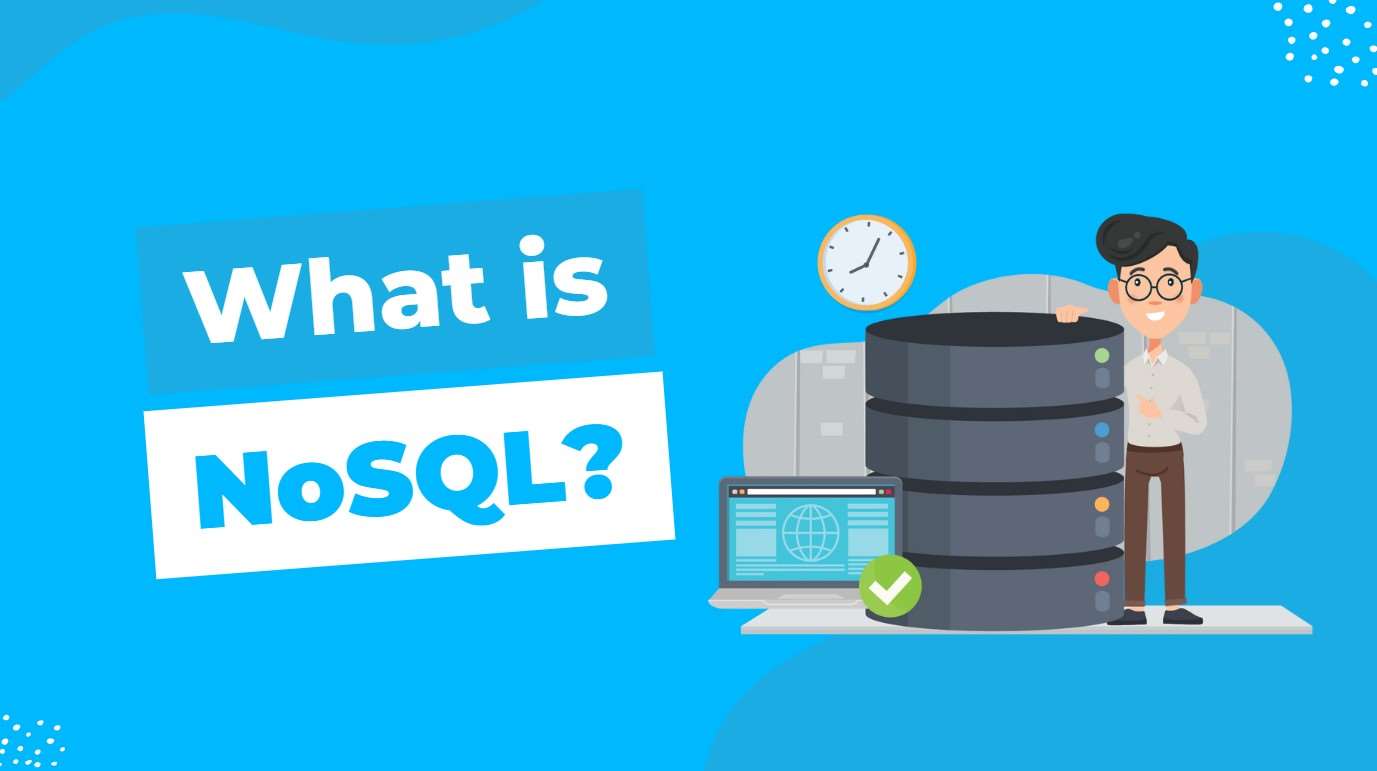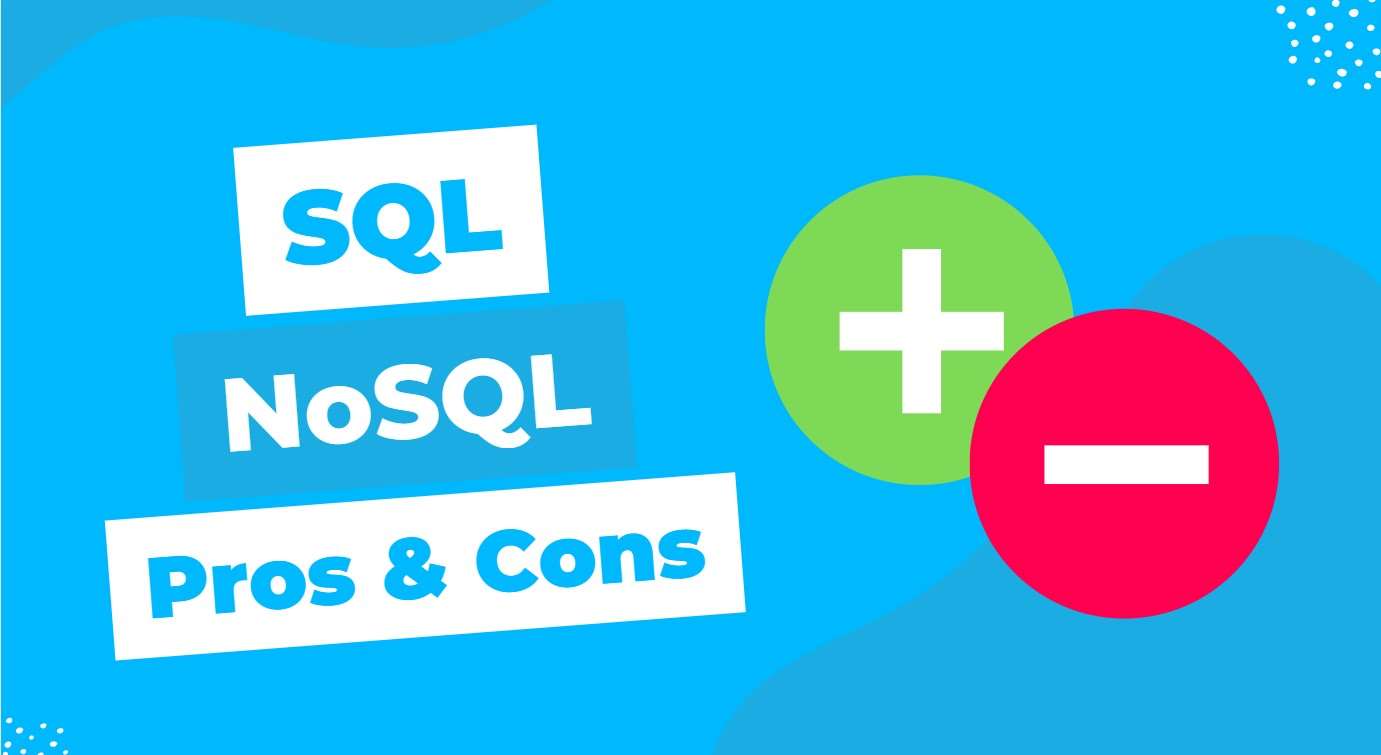I have discussed what SQL and NoSQL are, how they work, and what they do, separately in my previous articles. Today, I will talk about the differences between SQL and NoSQL, and the pros and cons of SQL and NoSQL.
If you are not familiar with SQL and NoSQL, you can visit the following links and return this article.

What is SQL? How SQL Works?
SQL programming language (?) was developed by Donald D. Chamberlin ve Raymond F. Boyce in IBM after the concept of a relational database was introduced by Edgar F. Codd in the 1970’s years. Today, I will talk about the history of SQL, and the concepts of SQL Server and MySQL, while talking about what SQL, which stands for Structured Query Language, is, what it does, and what kind of syntax it has.
- 1/29/2023

What is NoSQL? What are NoSQL Database Examples and Features?
After learning SQL, we will answer the following questions: What is NoSQL? What are the database types of NoSQL? How does NoSQL work? What does NoSQL do? What are NoSQL products/services? What kind of features does NoSQL have? What are the usage areas of SQL? If you're ready, let's get started.
- 2/4/2023
What are the Differences between SQL and NoSQL?
SQL and NoSQL are two separate and opposite database management approaches. SQL was standardized in 1986 and 1988 years after was developed based on the relational model technique in 1970. On the contrary, NoSQL was developed based on a non-relational database system in the 2000s.
SQL and NoSQL differ in many ways. Alright, what are differences of SQL and NoSQL? Let's take a look at the table where I compare the distinctions between SQL and NoSQL.
| SQL | NoSQL |
|---|---|
| Structured Query Language | Non-relational, Non-SQL, Not only SQL |
| SQL is a structured database. | NoSQL is an unstructured or semi-structured database. |
| Data are stored on tables. SQL is tabular. | Data are stored on Document, Graph, Key-Value, and Wide-Column. |
| It is a relational database. | It is not a relational database. |
| Vertical scaling is there. | Vertical and horizontal scaling is there. |
| Since it is not possible for the data to expand horizontally, the redundancy of the data or the increase in traffic depend on the server, its capacity and performance. | Data can be stored in chunks across multiple servers as horizontal expansion is possible. This affects the speed and performance of the database positively. |
| Data management, data analysis, customer relationship management etc. used for purposes. It is frequently used in web, mobile, desktop applications. | It is often preferred in mobile, web and big data applications, real-time applications. |
| SQL was standartized by ANSI and ISO. | - |
| Data has to conform to a certain schema. | It is flexible, data does not need to be tied to a single schema. |
| PostgreSQL, SQL Server, MySQL, Oracle Database, MariaDB, and MSSQL | MongoDB, Neo4J, DynamoDB, Elasticsearch, HBase, CouchDB, OrientDB, Cassandra, Redis, RavenDB, and Bigtable |
| Schema on Write | Scheme on Read |
We have examined the differences between SQL (Structured Query Language) and NoSQL. Now it's time to learn what the pros and cons of SQL and NoSQL are.
What are the advantages of SQL?
SQL (Structured Query Language) which was developed in 1970 and uses the relational model has some advantages because of structure and design like the following:
- It works quickly and effectively in processing, changing, and querying data. It analyzes millions of data quickly and provides the results to be displayed. At the same time, SQL can process and query large volumes of data in seconds.
- SQL uses the relational model and SQL is tabular.
- As the name suggests, SQL is a structured database. There is no need to re-characterize the data. I can explain it this way: NoSQL databases are flexible. That is, it adds the data first without a specific schema. Then, during the interpretation of the data, a schema has to be prepared. (Schema on Read) In SQL, the tables must be created in accordance with a certain schema so that the data can be written. (Schema on Write)
- SQL has a large number of users and communities. This means giving quick feedback to any question or distress.
- The syntax of SQL is basic and easy. For example, some clauses in SQL like SELECT, INSERT, and DELETE are easy to remember and use.
- Gramer yapısı oldukça basit ve kolaydır. SQL’deki SELECT, INSERT, DELETE gibi ifadeler oldukça basit bir yazım şekline sahiptir. Often even semicolons are not needed, which makes typing even easier.
- SQL was standardized by ANSI (American National Standards Institute) and ISO (International Standards Organization).
- It is supported by big companies like Microsoft, and Oracle.
- Different types of View structures can be used to display data. It is possible to display the same table in more than one way, to combine and query different tables via Views.
- It remains up to date. SQL improves itself with the updates it receives from time to time and minimizes its deficiencies.
What are the Disadvantages of SQL?
The disadvantages of SQL are:
- It is not flexible. This situation has both pros and cons. It is not flexible because SQL is structured. Therefore, a new field (field) that only one row of data needs will be created as NULL for all other data. This can cause performance loss over time.
- It has a structure that prevents horizontal expansion and only allows vertical expansion. Therefore, the huge size of the data will make the resources on the server where the data is stored insufficient, and computer resources such as RAM and processor will need to be increased.
- Programmers are not allowed to have complete control over a database.
- Schemas must be designed before tables are created. This situation can make changes and regulations more difficult and complex.
Advertising
What are the Advantages of NoSQL?
The advantages of NoSQL, which has become popular in recent years, are:
- It is flexible. It is not entirely dependent on a particular schema. This contributes to increased performance and speed.
- It encourages agile production. Since there is no schema requirement at the beginning, as in SQL, it allows the data to be processed quickly.
- Allows for horizontal and vertical scaling. Thus, the obligation to keep the data on a single server is eliminated. (NoSQL's scalable feature)
- Query processing is fast.
- Due to its flexible structure, it makes it possible to create large data sets.
- Unlike SQL, the structure of the data can be easily changed in NoSQL. For example, suppose there is a data store named User where user accounts are kept. In such a scenario, adding the mobile phone information of a person with the username "@ofcskn" to the system does not affect the structure and character of other data. However, in SQL, a new column must be added to the table for this.
- It has a large community for programmers and developers, which facilitates quick resolution of questions and problems, as with SQL.
What Are the Disadvantages of NoSQL?
The disadvantages of NoSQL are:
- The backup operations of the database are not easy, although various tools are provided.
- Data in NoSQL does not use a relational model. For this reason, it may be possible to rewrite or delete previously added information, which will make the database insecure.
- There is no standard by which rules and roles are defined. Unlike SQL, NoSQL products are quite different from each other. (Different products such as MongoDB, Neo4J) Design and query languages, on the other hand, do not have a specific standard. [3]
Today, I talked about the differences between SQL and NoSQL databases, and the advantages and disadvantages of SQL and NoSQL. You can express your opinions about the article in the comments section. So, is your favorite SQL or NoSQL?



Be the first to comment.